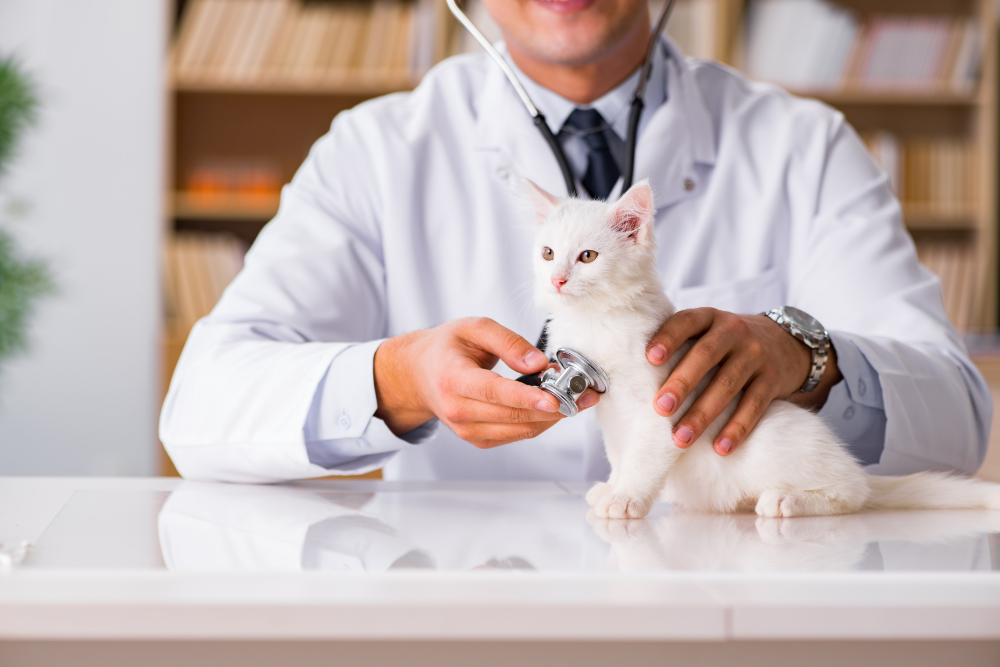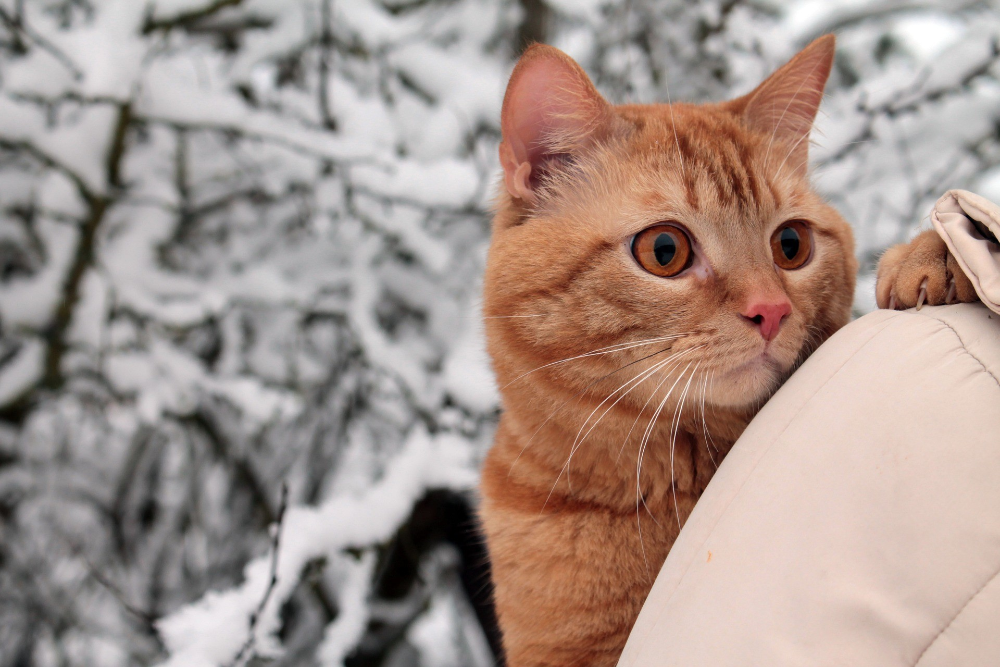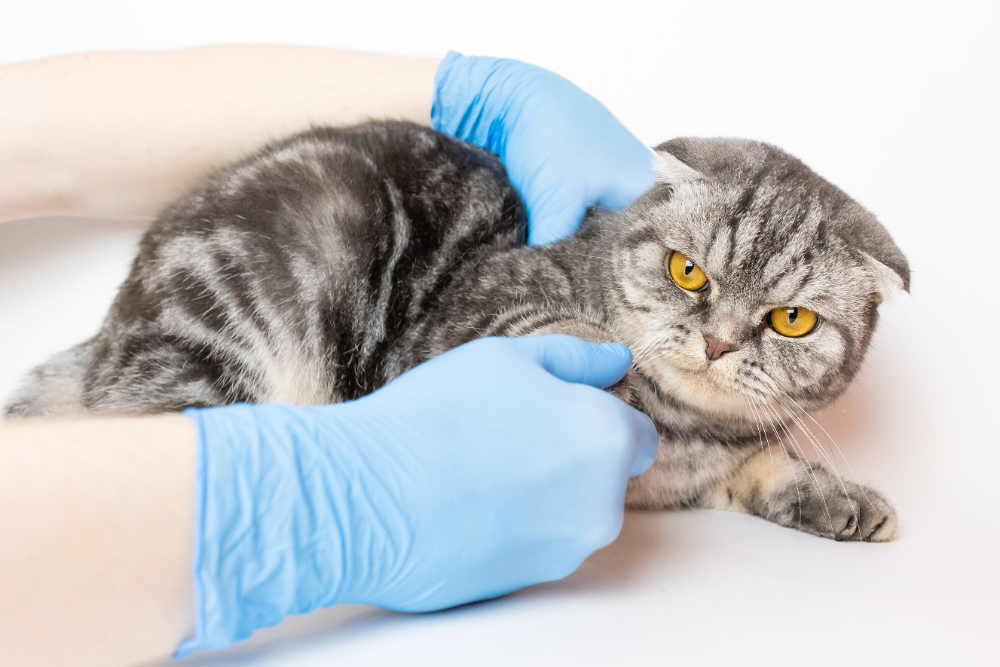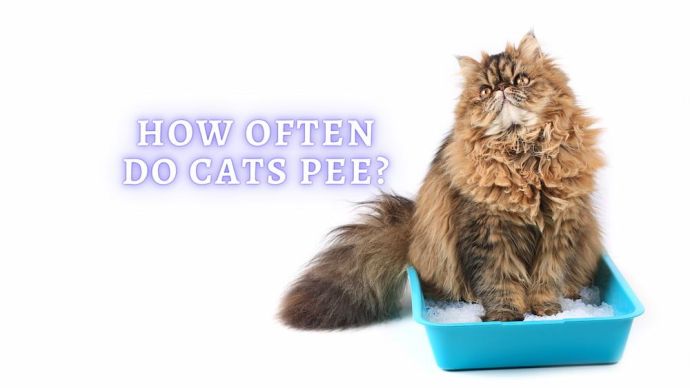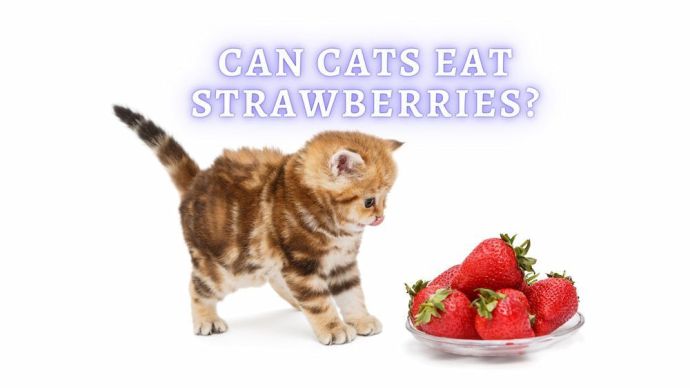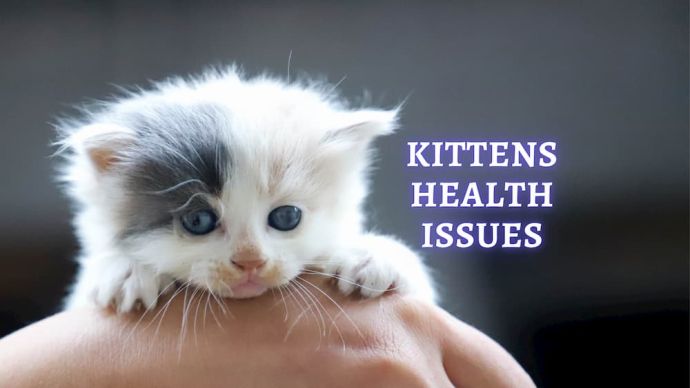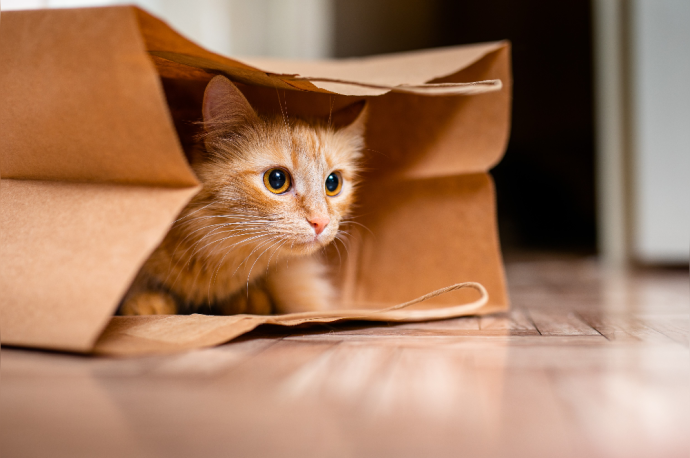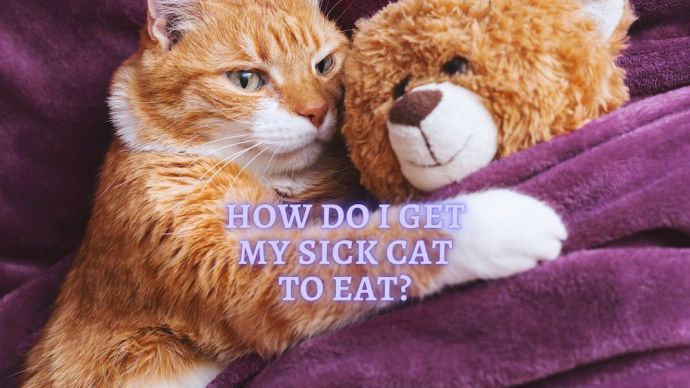Most Common Signs of Nutrient Deficiencies in Cats
Written by:
Author: Dr. Sara Ochoa
Dr. Sara Redding Ochoa is a veterinarian with many years of experience and higher education. During her time in veterinary school she was able to learn form some of the most well-known veterinarians from all over the world. Sara lives happily with her husband Greg and her babies Ruby the schnoodle, and Bam-Bam her bunny. Dr. Sara Redding Ochoa has a passion and love for animals that makes her a wonderful asset to our team.
View all 13 articlesLearn about our editorial process and veterinary review board.
Viewed: 2426
Updated on: 03/08/2022
Do you have a new cat and looking at what to feed them? Do your cats suddenly have hair and skin problems and you wondering if it is due to a nutritional deficiency? There are many signs that you need to be looking for in your pets with dietary deficiencies. This article will explain all about signs that different nutritional deficiencies can cause and what you can do about getting your pet back to their healthy and happy life.
How would my Cat become nutrient deficient?
Some pets can be very picky with their food. This usually means that owners are cooking food for their cats to get them to eat. Many times, this can be perfectly fine for your pet’s, but if your cat is only eating certain things, their diet may not contain all the necessary nutrients to stay healthy. Cats that eat only meat diet for a long time will eventually have nutrient deficiencies. Some vitamins and minerals are not found in meats that your pet would need to be supplemented in their diet.
Even if your pet is eating commercial food, they can have nutritional deficiencies. Some commercial diets are of poor quality or have excessive amounts of nutrients. Sometimes pet owners will incorrectly supplement a commercial diet with their homemade diet resulting in nutrient deficiencies in their pets.
How do I know if my Cat is malnourished?
To know if your pet is malnourished and that their diet is not nutritionally balanced, you need to know the most common symptoms to look for. Commons signs of nutritional deficiency in pets are:
1. Your cat’s hair coat is not shiny
Cats should have a nice shiny coat. There should not be any mats or bald spots in their fur. Cat’s with a nutritional deficiency will have hair that appears dull and rough. They usually have many broken places of fur or no fur at all in some places.
Signs that you see with pet’s hair that would indicate a nutritional deficiency are:
- Dry, sparse hair usually with split ends;
- No hair growth from spots that have been shaved;
- Dry crusty skin — dandruff;
- Change in hair color.
2. Your cat’s appetite has changed
Cats with nutritional deficiencies will have periods when they are eating anything, and everything follows when they do not want to eat at all. Some pets will even eat things that are not food, such as toilet paper or pet toys.
3. Your cat has skin problems
Cat’s skin is kept healthy by them eating a proper diet. If your pet has dandruff or oily skin, this can be a sign of a nutritional deficiency. Improper diets will commonly first show as skin and hair problems.
4. There are changes in your cat’s stool:
If your pet has diarrhea or is constipated, this can be a sign of nutritional deficiencies. Your pet’s diet will affect their stool. If they lack certain nutrients, they will have soft stool where if they are not getting enough water in their diet, they can easily become constipated.
5. Your cat’s body weight changes suddenly:
If your pet is obese or they have suddenly lost weight, these are signs that your pet has a poor diet. Other medical conditions can cause sudden weight loss or weight gain. So, if you notice these problems, schedule an appointment with your vet.
6. Your cat is showing unusual behaviors:
If your pet has poor nutrition, it can cause behavioral changes. A pet that used to be very loving and cuddly can quickly turn into an aggressive cat because they are not getting the right nutrients.
READ MORE: How long can Cats go without Water
Common Nutrients that Your Cat Can be Deficient In
Many common nutrients make up your cat’s diet that you need to make sure are included in your pet diet. These are a few of the most common nutrients that need to be included in your pet’s diets and signs that you will see if your pet is deficient in these nutrients.
Carbohydrate Deficiency in my Cat
Carbohydrates are a nutrient need for the cat’s energy levels. If your pet is not getting enough carbohydrates in their diet, your pet will be lethargic, weak, no energy and may eventually suffer from a ketone disorder. If your pet has a ketone problem, their breath will smell of acetone.
Protein Deficiencies in my Cat
Proteins are needed in your cat’s diet. These proteins are needed to regenerate cells in your cat’s body and protect your pet from any infection. Your cat’s immune system needs protein to fight off any virus or bacteria that they encounter. If your pet has a protein deficiency, you will commonly see a loss of muscle mass, reoccurring illness, skin and coat abnormalities or developmental problems.
Fat Deficiencies in my Cat
Fats are needed to create cells that will help protect your pet’s organs. Fats are also needed to transport vitamins that are fat-soluble to different organs in the body. If your petis deficient in fats in their diet, you will see weight loss, dry coat, oily and flaky skin, and infections that keep occurring.
Vitamin Deficiencies in Cats
Vitamins are nutrients that are needed for proper body function. If your pet does not have the proper vitamins, they can have these symptoms:
- Skin infection
- Loss of appetite
- Problems with blood clotting
- Decrease body temperature
- Neurologic problems
- Poor hair coat
Trace Element Deficiencies in Cats
Trace elements are essential minerals needed by the body to function properly. If your cat is deficient in trace element, you will see the following signs:
- Low blood count
- Weakness
- Stunted growth
- Dry skin and hair loss
- Changes in bones and muscles
- Continuous infectious
- Restlessness
READ MORE: How Long Can a Cat Go Without Eating?
Can I Fix this on My Own, or Do I Need to See a Vet?
You can often fix nutritional deficiencies by just making sure that you are feeding a high-quality, balanced diet. Most high-grade commercial foods are best to feed your cat. If your pet has severe signs or is very sick from not having proper nutrition, you will need to see your veterinarian. They will want to run bloodwork and other tests to see what your pet is deficient in to adequately treat their deficiency.
What are the Nutritional Needs of My cat?
Your pet will require a higher level of nutrients while growing than when they are adults. So, age must be considered when looking at nutritional needs for cats and kittens.
Fats and Proteins
Your cat will need protein for healthy skin and haircoat. If your pet’s diet does not contain the correct amount of protein or fat, then they can have hair loss. Their coats will become dry and brittle. Adult cats need food that contains 30 to 45 % protein and 10 to 15% fat. Kittens need a little higher percentage; protein should be 35 to 50% and fats 20 to 35%.
Essential Fatty Acids
Essential Fatty Acids (EFAs) are needed for your cat’s skin and coat to be nice and shiny. These must be included in your pet’s diet as their body cannot produce them. If your pet is deficient in EFAs, you will notice their skin to be dry and flaky. Their hair will also get matted very easily, the skin will not be as elastic, and they will commonly develop skin and ear infections. These problems can easily be correct by making sure that EFAs are in your pet’s diet. Your cat does not need a lot of EFAs in their diet. They only need about 0.5%.
Minerals
Certain minerals must be in your cat’s diet for them to have good skin and haircoat quality. If your pet does not get enough copper in their diet, you will see dull, dry hair with patchy hair loss and loss of normal hair color. The haircoat will have a washed-out appearance. Zinc deficiency can cause hair loss, ulcers on the skin, and areas where the skin becomes thick and cracks. This is usually seen over joints and on footpads. These skin signs of mineral deficiency will quickly resolve with changing the diet to appropriate levels.
Omega 3’s
If your cat has dry or itchy skin, it can benefit from omega-3 fatty acids. These are found in fish oils. Omega-3s decrease the production of a chemical in the body that causes your cat’s skin to become inflamed and itch. Cats with allergies can also benefit from extra omega 3’s in their diet as they help decrease the itchy skin. When choosing an Omega 3, make sure to pick on from a cold-water fish as these are the most bioavailable forms.
READ MORE: Best Weight loss Cat food
Final Thoughts
Cat nutrition is a very vital part of the health and wellbeing of your pet. By providing them proper nutrition, your pet, and live a long and happy life. Most signs of nutritional deficiency are skin problems. If your pet has suddenly started having skin problems, make sure that you are feeding them a high-quality, well-balanced diet. If your cat is eating a good diet, schedule an appointment with your veterinarian, as some other problems can cause skin disorders. Your veterinarian can look at your pet’s diet and make sure that it does not cause the signs that you are seeing and get your cat back to their normal healthy life.
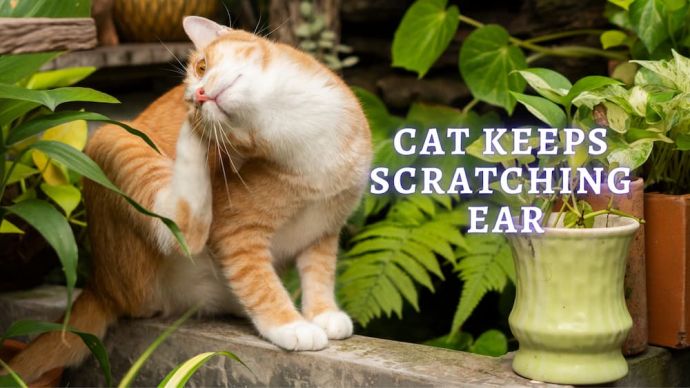 Cat Veterinary Tips Why is my Cat Scratching their Ears? (Veterinary Advice)
Cat Veterinary Tips Why is my Cat Scratching their Ears? (Veterinary Advice) - 1361
- 0
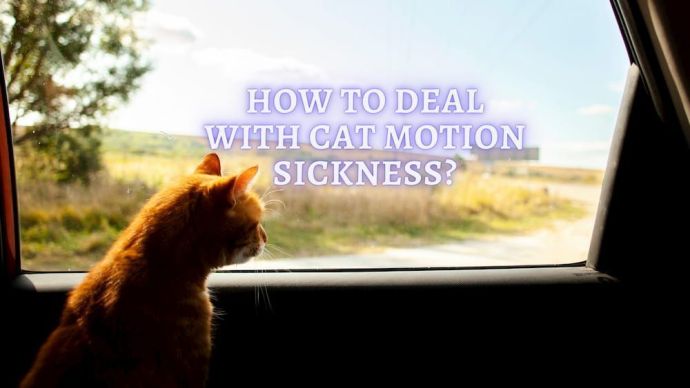 Cat Veterinary Tips Cat Motion Sickness: How to Deal With Motion Sickness in Cats?
Cat Veterinary Tips Cat Motion Sickness: How to Deal With Motion Sickness in Cats? - 765
- 0
 Cat Veterinary Tips Dehydration in Cats: Causes, Signs, Symptoms, and Treatment
Cat Veterinary Tips Dehydration in Cats: Causes, Signs, Symptoms, and Treatment - 411
- 0
 Cat Care Why Does My Cat Attack My Legs? 10 Reasons Why and What To Do About It (Vet-Approved Advice)
Cat Care Why Does My Cat Attack My Legs? 10 Reasons Why and What To Do About It (Vet-Approved Advice) - 46013
- 21
 Cat Veterinary Tips Cat Stomach Gurgling: Vet Advice on Why is Your Cat Stomach Gurgling?
Cat Veterinary Tips Cat Stomach Gurgling: Vet Advice on Why is Your Cat Stomach Gurgling? - 36469
- 4
 Cat Veterinary Tips My Cat Lost its Voice: Can Cats get Laryngitis? (Vet Advice)
Cat Veterinary Tips My Cat Lost its Voice: Can Cats get Laryngitis? (Vet Advice) - 23554
- 13









